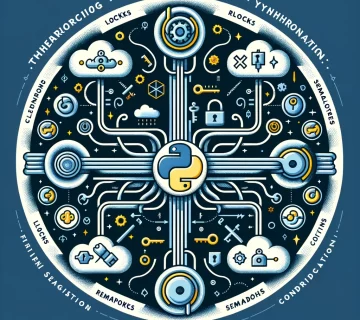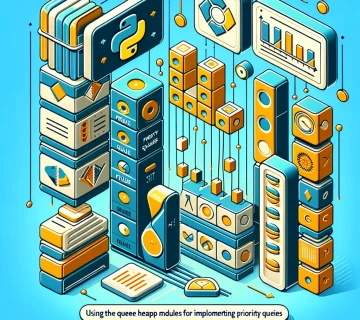Exploring Programming Languages with a Focus on Python
Programming languages are essential tools in the realm of technology, allowing us to communicate with computers and create everything from simple scripts to complex applications. Each programming language has its unique features and use cases. Among these, Python has emerged as a particularly popular and versatile choice. This post explores the different categories of programming languages, with a special emphasis on understanding where Python fits in this landscape.
Understanding Programming Languages
Programming languages are sets of instructions used to create software programs. They enable us to translate ideas into commands that computers can understand and execute. These languages come in various types, each designed for specific tasks and operating environments.
Categories of Programming Languages
- Procedural Programming Languages: These languages, like C, focus on a step-by-step procedural approach to programming. They are often used for system and application software.
- Object-Oriented Programming Languages: Languages like Java and C++ fall into this category. They are based on the concept of ‘objects’, which are data structures that contain both data and methods.
- Functional Programming Languages: Haskell and Erlang are examples of functional languages. They emphasize the application of functions, avoiding changing-state and mutable data.
- Scripting Programming Languages: PHP and JavaScript are scripting languages, commonly used for automating tasks and web development.
- Logic Programming Languages: Languages like Prolog are used in AI and problem-solving applications. They focus on expressing facts and rules about some problem domain.
Spotlight on Python
Python, a high-level, interpreted language, is known for its readability and simplicity. It falls primarily into the category of object-oriented programming but also supports procedural and functional programming paradigms. Python’s versatility allows it to be used across various fields, from web development to data science and artificial intelligence.
Why Python Stands Out
- Ease of Learning: Python’s syntax is clean and straightforward, making it an excellent language for beginners.
- Wide Applicability: From web applications to data analysis and machine learning, Python’s range of use is vast.
- Strong Community Support: A large, active community means ample resources, libraries, and frameworks are available.
- Cross-Platform Compatibility: Python runs on various operating systems, including Windows, macOS, and Linux.
Conclusion
In the ever-evolving world of technology, programming languages serve as crucial tools. While each language has its strengths, Python stands out for its ease of use, making it an ideal starting point for those new to programming, including high school students. As you embark on your coding journey, understanding these different languages and particularly Python’s role in programming, will open doors to a world of digital creation and innovation.





No comment